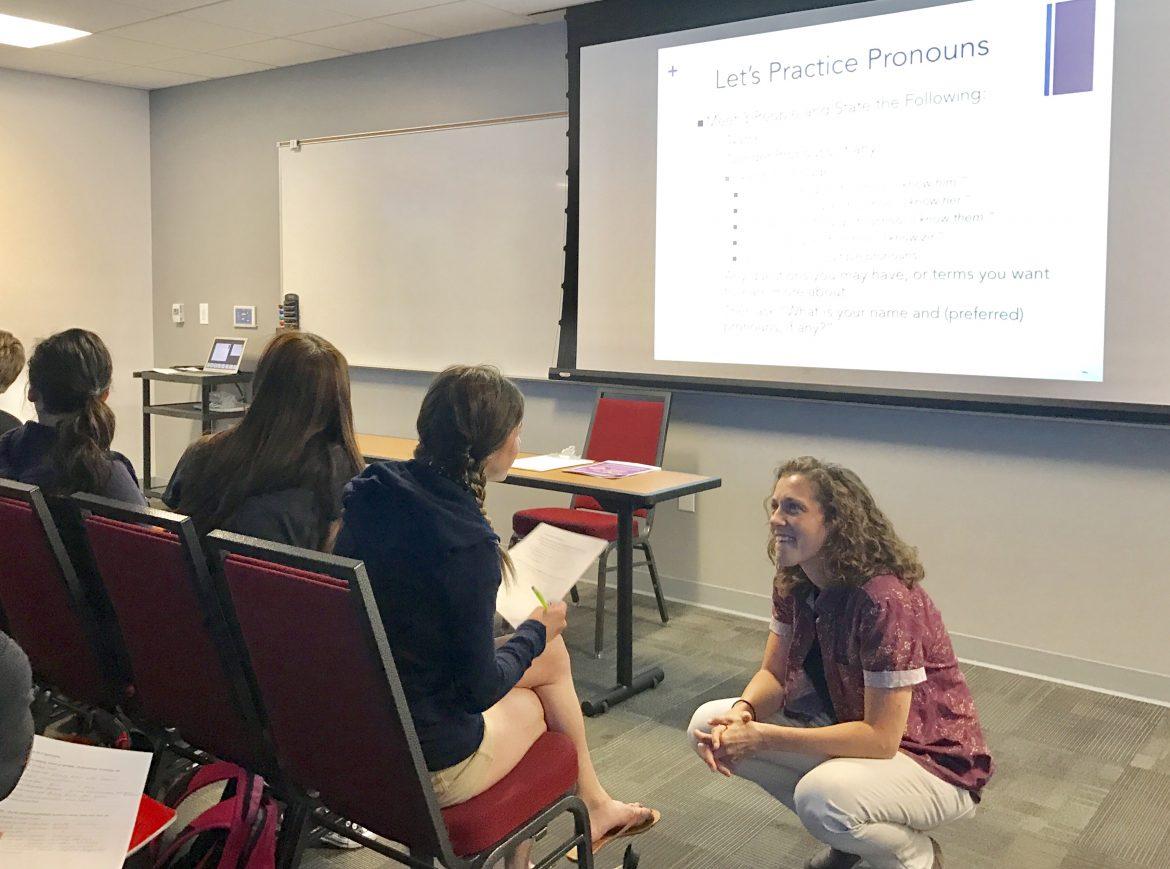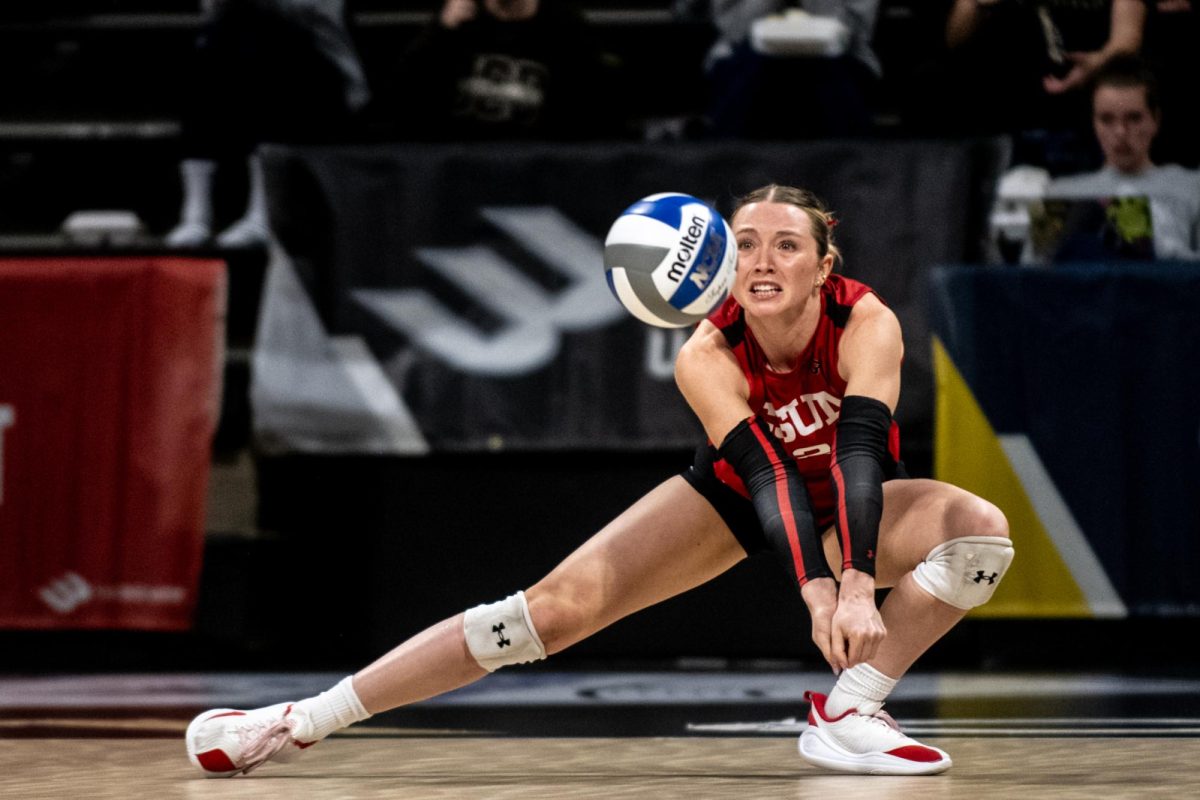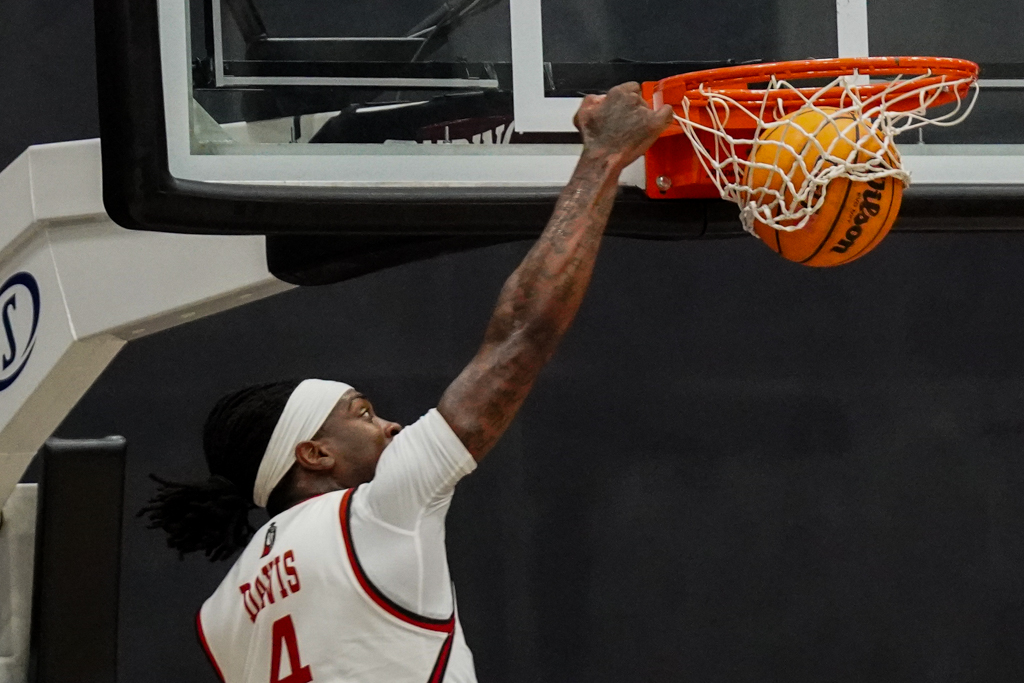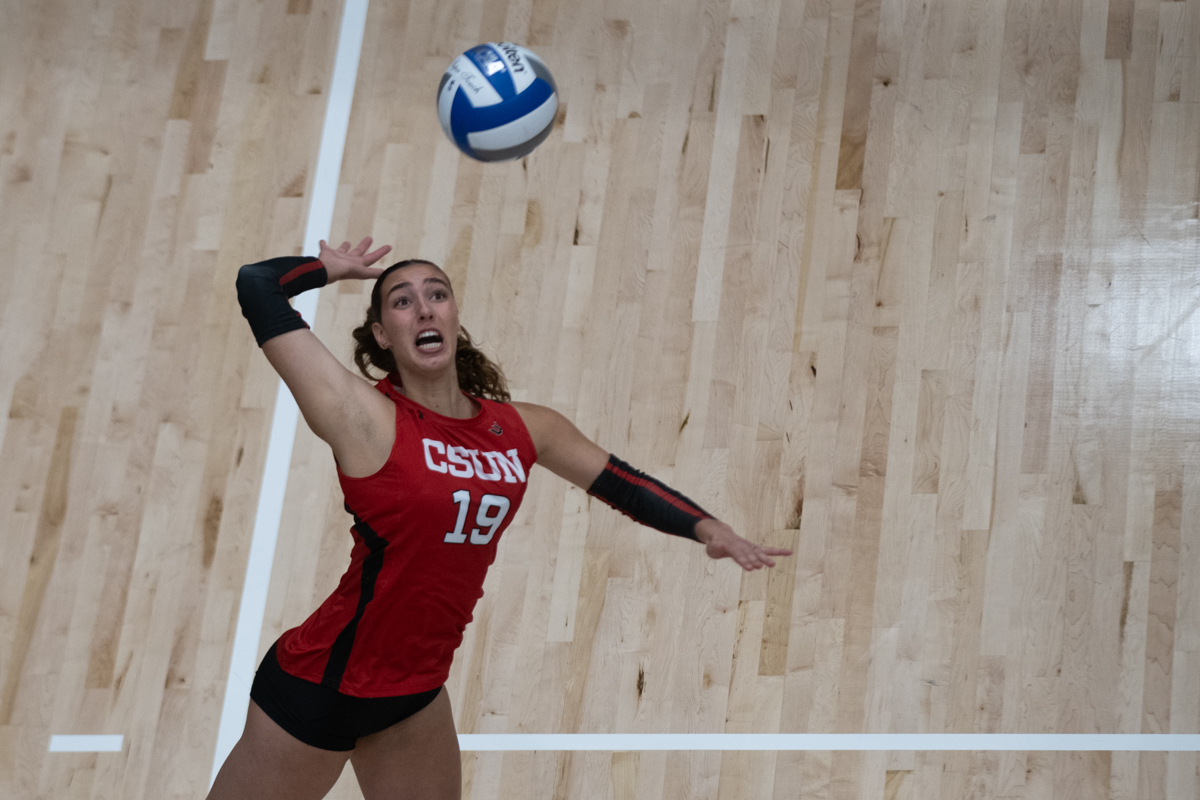As part of SAAFE week, students gathered in the Panorama City Room in the USU to discuss the different types of identities and orientations in the LGBTQIA+ community.
According to speakers Thali Rodrigues and Addison Rose Vincent from Strength United, the LGBTQIA+ community is extremely broad and it continues to grow.
“The community seems to be growing and becoming more and more complicated, but that’s what’s so great about it,” Vincent said. “There are so many ways to express ourselves and who we are, and it shows how diverse the community is.”
The workshop consisted of explaining five different types of spectrums which included sex identity, gender identity, gender expression, sexual orientation and romantic orientation.
Sex identity is a biological makeup, according to Rodrigues, and a population that is marginalized within this spectrum are intersex individuals. Intersex people face more abuse from their families or partners because they are perceived as abnormal, and the best way to fight against it is by respecting and acknowledging their identity.
Gender identity is a social construct rooted in our culture. According to the speakers, transgender people make up less than 1 percent of the population, however, 41 percent of trans will attempt suicide and one in four trans college students will face sexual violence.
Within the gender identity spectrum, there are different characteristics. For example, Vincent identifies as gender queer and transfeminine meaning neither a man or woman.
“With this presentation, we want to point out that humans are so complex and unique,” Rodrigues said. “We want to celebrate all identities, labels, and orientations and we should be able to accept the person for who they are instead of trying to figure out what they are.”

















